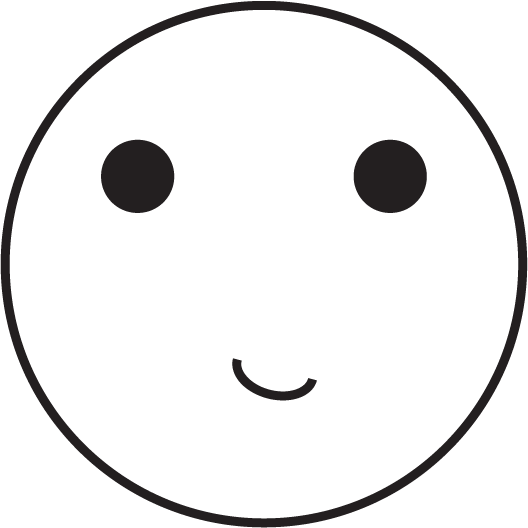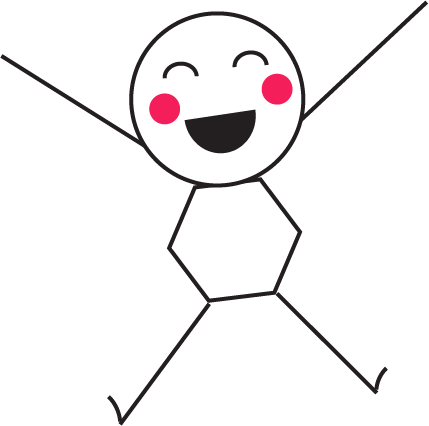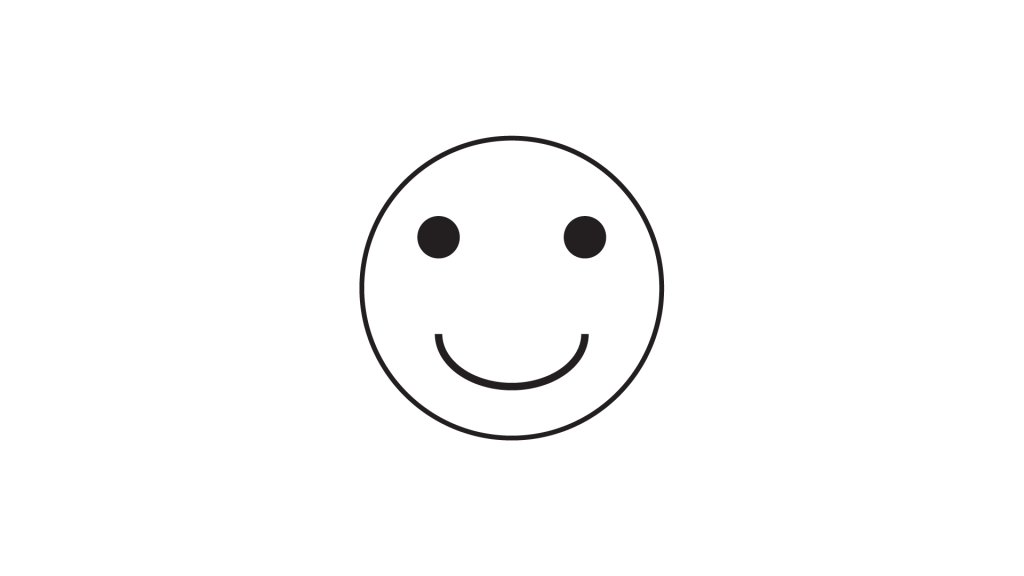Being able to express the way you are feeling is an extremely important life skill, pivotal to being a good communicator and enhancing the familial and social bonds which are key to our health and survival as human beings.
One only needs to look at internet sites such as social media to see that there are not enough people who are able to communicate in a way that form loving and nurturing relationships with each other. We get it, it is virtually impossible to shield your little loved ones from these poor examples of communication. We therefore must find a way to teach children to be able to express their feelings at an early age.
How does a child learn to express their emotions with so many bad examples permeating their lives? Everybody knows that art is a vehicle through which people can express emotions, and at RiseBrite, we think a great way to encourage kids to express their emotions is to “Draw the way they are feeling.”
Happiness is one of the easiest emotions for children to express through creativity. That’s because it is the emotion that is so easily attainable for them, with much of early life centered around this best of the emotions.
You can almost guarantee that if you hand a child a blank piece of paper and a drawing utensil, happiness will be the emotion they will express. This makes happiness a great idea for the first emotion for children to draw.
The great thing about emotions and art is that emotions are mostly a non-verbal method of communication. Emotions are primarily communicated via facial expressions and body language. Therefore children find it a very intuitive phenomena to communicate with drawings.
Here we present you with some ideas to show your kids that will help them express the emotion of happiness.
Facial expressions
The face is the number one way we communicate how we feel, with the eyes and mouth providing the most cues.
Drawing Happy Mouths
As we discussed earlier, happiness is a very intuitive emotion for children to draw, and the mouth is the first way they usually do it.
Simple Smile
To draw a smiling mouth a child needs only to draw a semi-circle upside down.

Adding A Kids Touch
Adding a little bit of crookedness can make the smile a bit more youthful and energetic.

Making the mouth small reduces the age even further and bumps up the cuteness factor.

Open Mouth
Using an open smile produces the element of surprise, and the joy that is induced. And open mouth also represents spontaneity and authenticity, which goes a long way in conveying the naturalness of the emotion. It really brings the viewer into anticipation as the face asks, “What’s next!”

Tilting the head a little will again add a little youthfulness and a sense of curiosity.

Drawing Happy Eyes
The eyes are equally important when it comes to drawing happiness in faces. While the mouth is relatively obvious to children as a way of expressing happiness, the eyes are a bit more subtle and so it may be helpful to nudge children a little and point out their role in expressing joy.
The Cheery / Whimsical Closed Eye
Drawing eyes as closed and upside-down half circles adds a majestic feeling, and sparks a sense of imagination, both of which are strongly tied to the emotion of happiness. It projects the feeling for children that the world is a storybook of their own making.

Adding high eyebrows is an easy way to increase the intensity of a happy face drawing.

Big Dreamy Eyes
Dreamy bigs eyes do just what it sounds like, create a sense of big dreams and all the warm and fuzzy happiness associated with the dreams of a child who knows, “Anything is possible!”
The trick in this case if to use large circles with multiple lighter objects inside that represent the reflection of looking into a bright future.

Winking Eye
The wink adds in a little bit of teasing and playfulness to the emotion, as if we are not taking this moment too seriously. It’s the silliness of it that can be so freeing for children.

Cheeks
Rosy cheeks shows that the individual is truly touched by the emotion of happiness and again increases authenticity of the emotion.

Arms And Legs
The face isn’t the only way humans display happiness, we also animate our bodies to show joy, most notably in our extemities.
An easy way to illustrate happiness with arms and legs is to show them outstretched far from the body.


